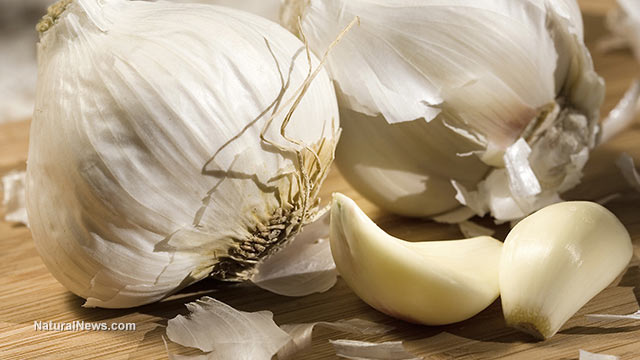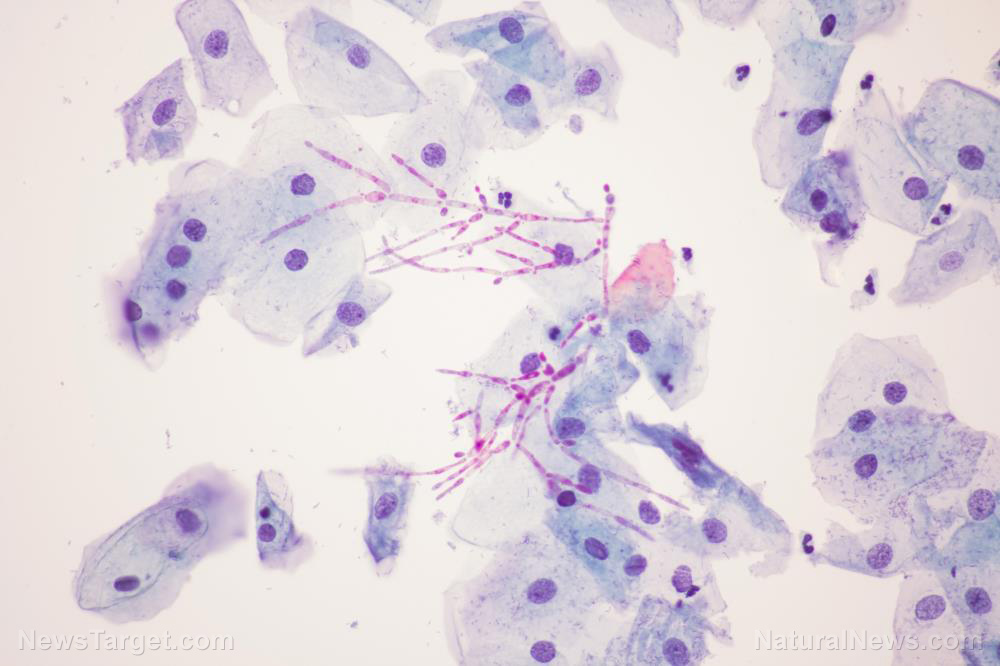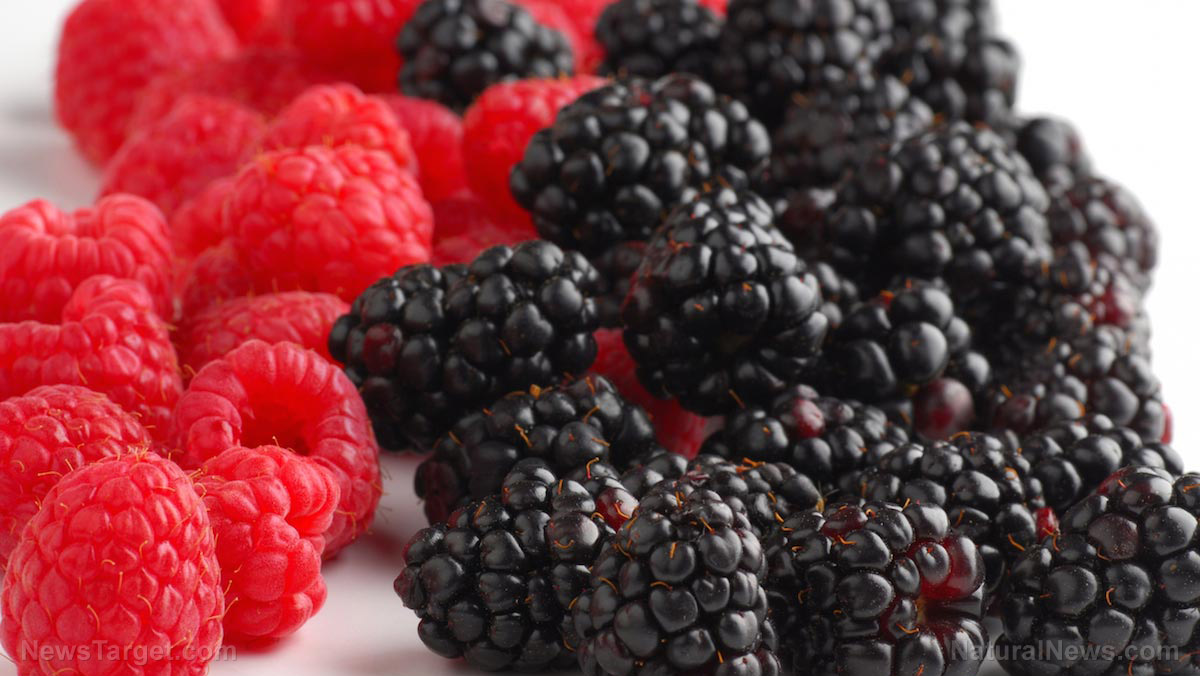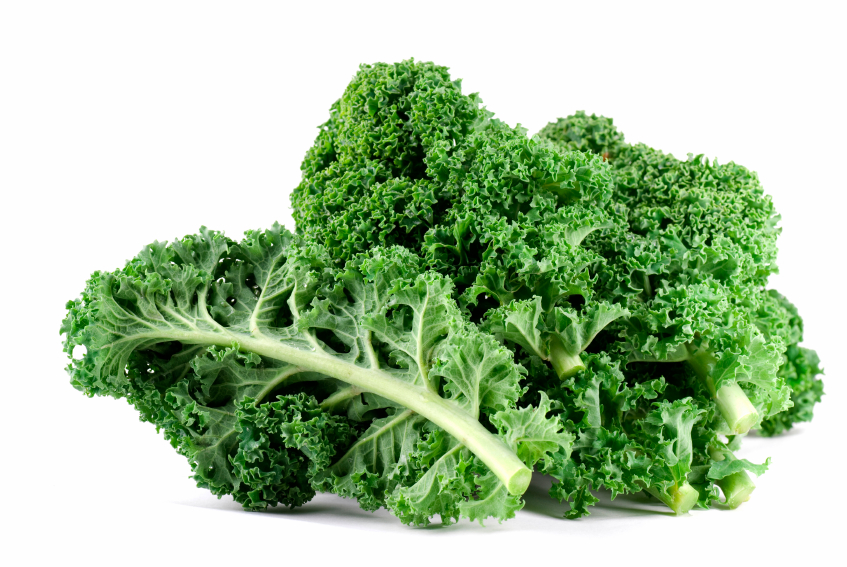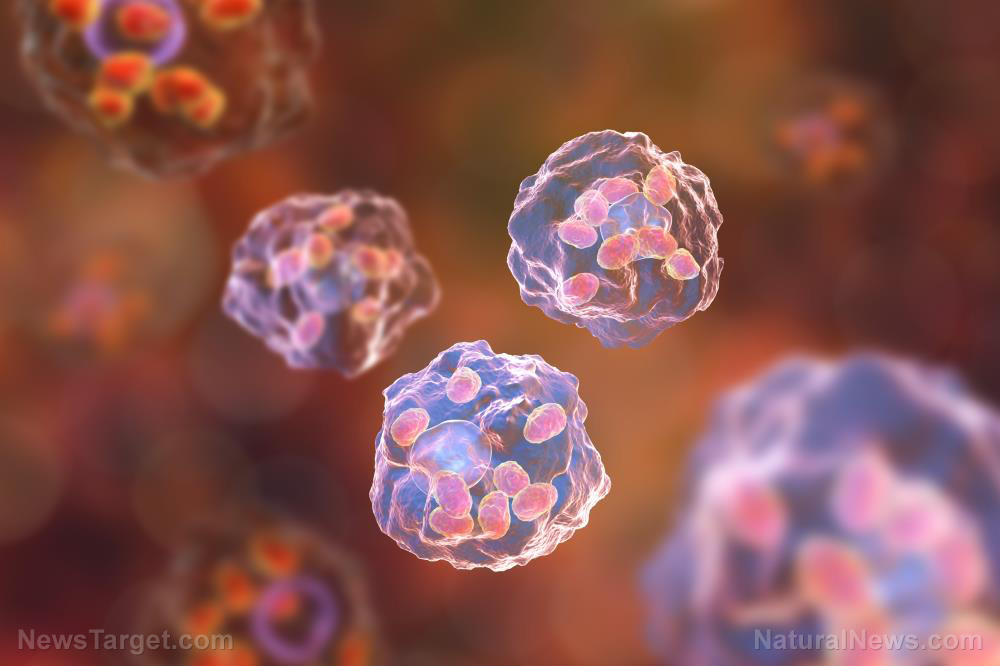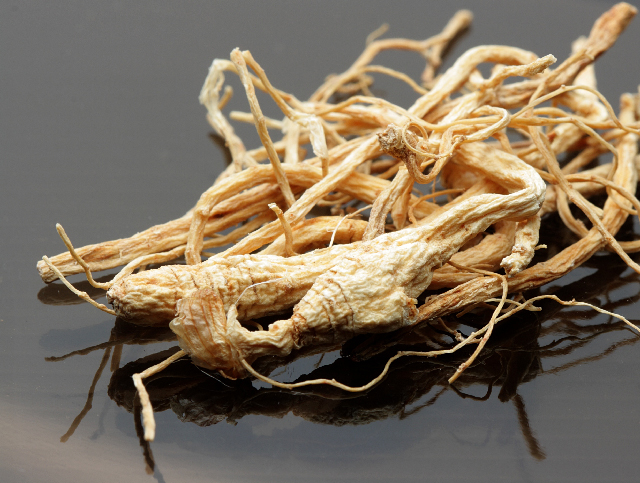Exciting research shows that saffron attacks cancer cells on multiple fronts, at every stage of the disease
11/21/2018 / By Isabelle Z.
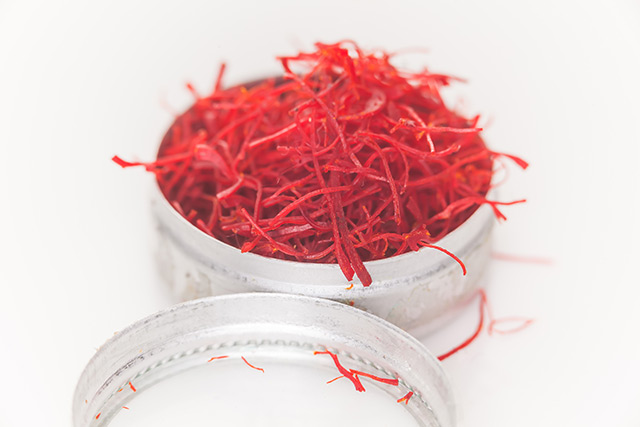
Saffron might not be a spice you find yourself reaching for very often, but perhaps it should be as research shows it can attack cancer cells at every stage of the disease.
Chinese traditional medicine has long been aware of the virtues of saffron, which has played a vital role in healing for many years, but now the Western world is starting to give this spice the credit it deserves as it has shown the potential to prevent and even reverse several aggressive types of cancer. Here’s a look at some of the ways in which saffron can fight the disease.
Suppressing inflammation
Inflammation plays a vital part in cancer development, and saffron has potent anti-inflammatory effects. Researchers have said the spice’s inflammation-blocking properties are a big reason it has performed so well in animal and cell studies as a cancer treatment.
Preventing cancer growth
Saffron contains three carotenoids – safranal, crocin and crocetin – that can stop cancer from forming in the first place. Studies in cells and animals alike have shown that these antioxidant plant pigments inhibit triggers for the carcinogenic process, including free radical oxidative damage, viruses, environmental toxins, inflammation and radiation. It does this by actively protecting the DNA in cells from damage and mutation, essentially stopping cancer from growing. Animal studies have shown that saffron extract can prevent tumors from forming when taken orally prior to exposure to a lab-produced carcinogen.
Starving tumors of nutrients and oxygen
Tumors can’t live without nutrients, oxygen and blood, and the three carotenoids in saffron suppress the process used by tumors to create new blood vessels. It’s believed that the spice can reverse cancer growth as a study shows the crocetin it contains can cause pancreatic tumors to regress.
Lowering destructive enzyme production
In their quest to spread throughout the body, cancer cells use matrix metalloproteinase, or MMP, to destroy the protein matrix that is found between the cells in healthy tissue. The crocetin in saffron can stop breast cancer cells from producing MMP, thereby minimizing their invasiveness and stopping them from making their way into the healthy tissues that surround them. It also reduces the levels of another enzyme that is important in tumor progression and cancer invasiveness known as gelatinase.
Spurring cell death
Cancer cells can grow unchecked because they’re essentially invulnerable to the programmed cell death that normally regulates the growth of cells. However, the antioxidants in saffron can reverse this process by prompting cancer cells to commit suicide. This effect is even seen in some of the more aggressive cancers that have long stumped doctors, including those of the lungs, stomach and liver.
For example, a study that was published in Hepatology demonstrated how saffron caused cell death and blocked inflammation in liver cancer.
Reducing the negative side effects of chemotherapy
Much of the excitement over saffron’s potential as a cancer treatment stems from the fact that the current offerings leave a lot to be desired. Chemotherapy is full of negative side effects, not the least of which is its ability to cause DNA chemical changes they can activate cancer genes and bring about mutations that promote cancer.
While replacing profitable treatments like chemotherapy with natural ingredients in mainstream medicine is going to be a bit of an uphill battle, saffron can also work alongside chemotherapy to help minimize its damage.
For example, in a study published in Human and Experimental Toxicology, mice who had taken saffron for five days prior to receiving one of three common anti-tumor drugs noted significantly less DNA damage, due in part the fact that the saffron prevented fragile DNA strands from breaking.
Once again, the wisdom of traditional Chinese medicine has yielded a promising treatment for a modern illness. How many lives could be saved if these findings are used to develop a safer alternative to chemotherapy?
Sources include:
Tagged Under: antioxidants, carotenoids, cell death, Herbs, inflammation, natural remedies, Oncology, research, saffron, TCM, tumors


